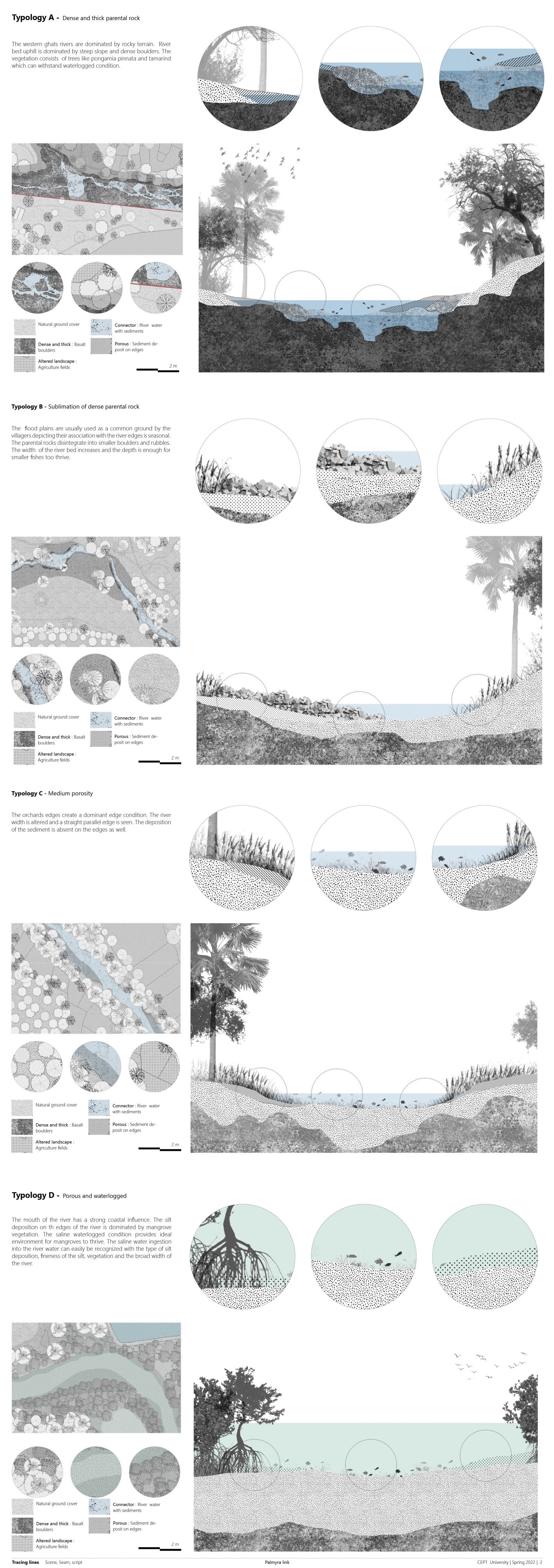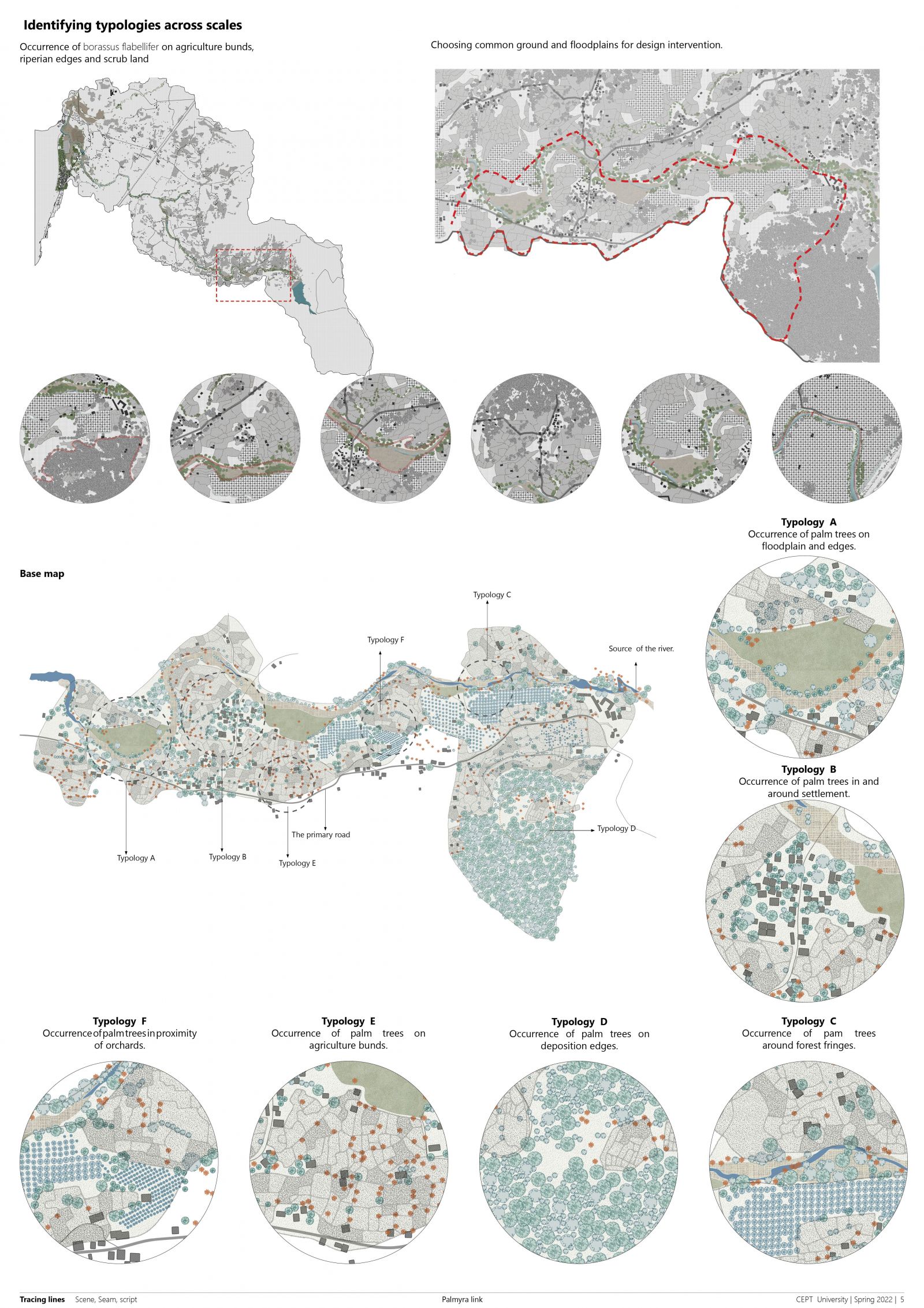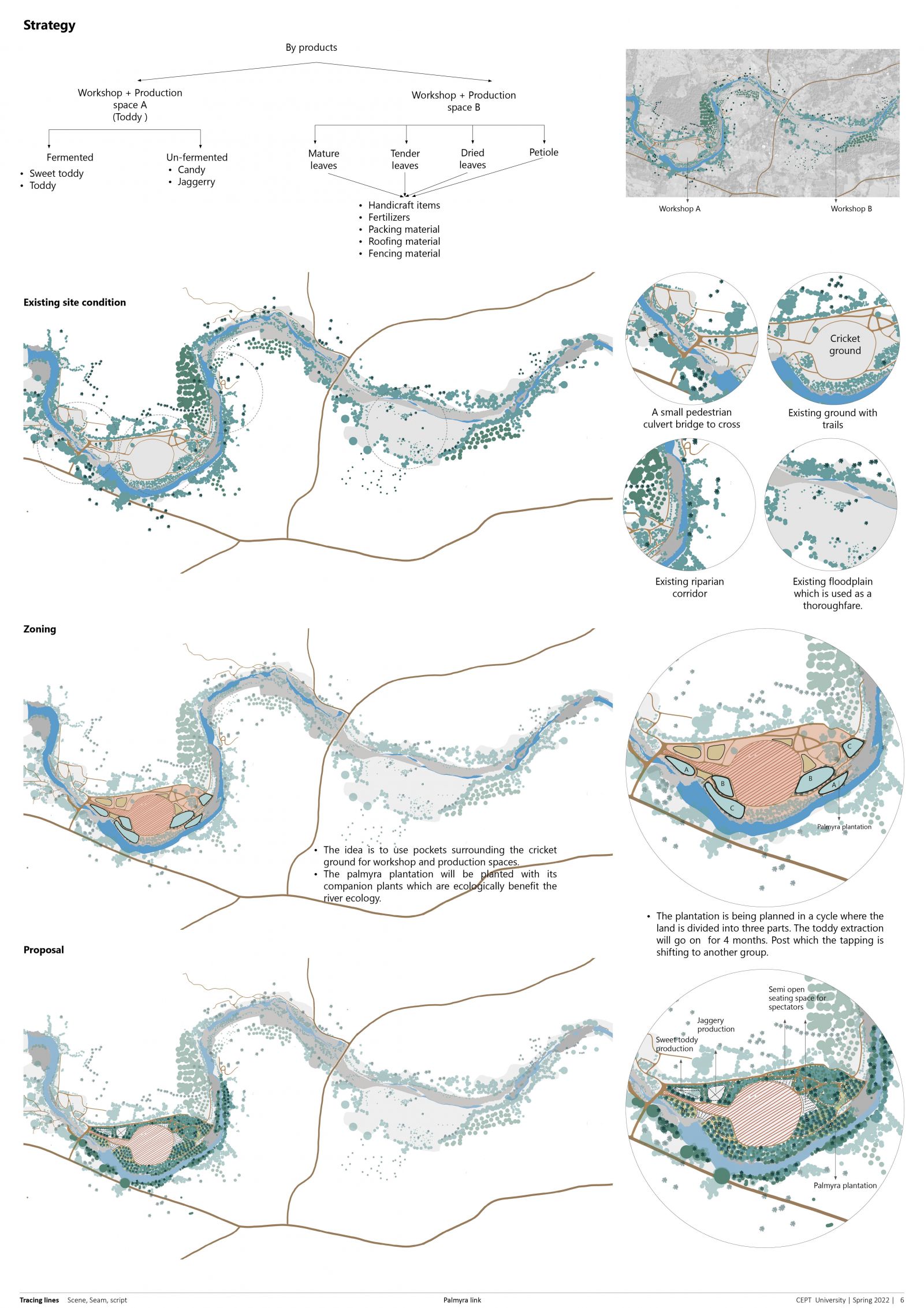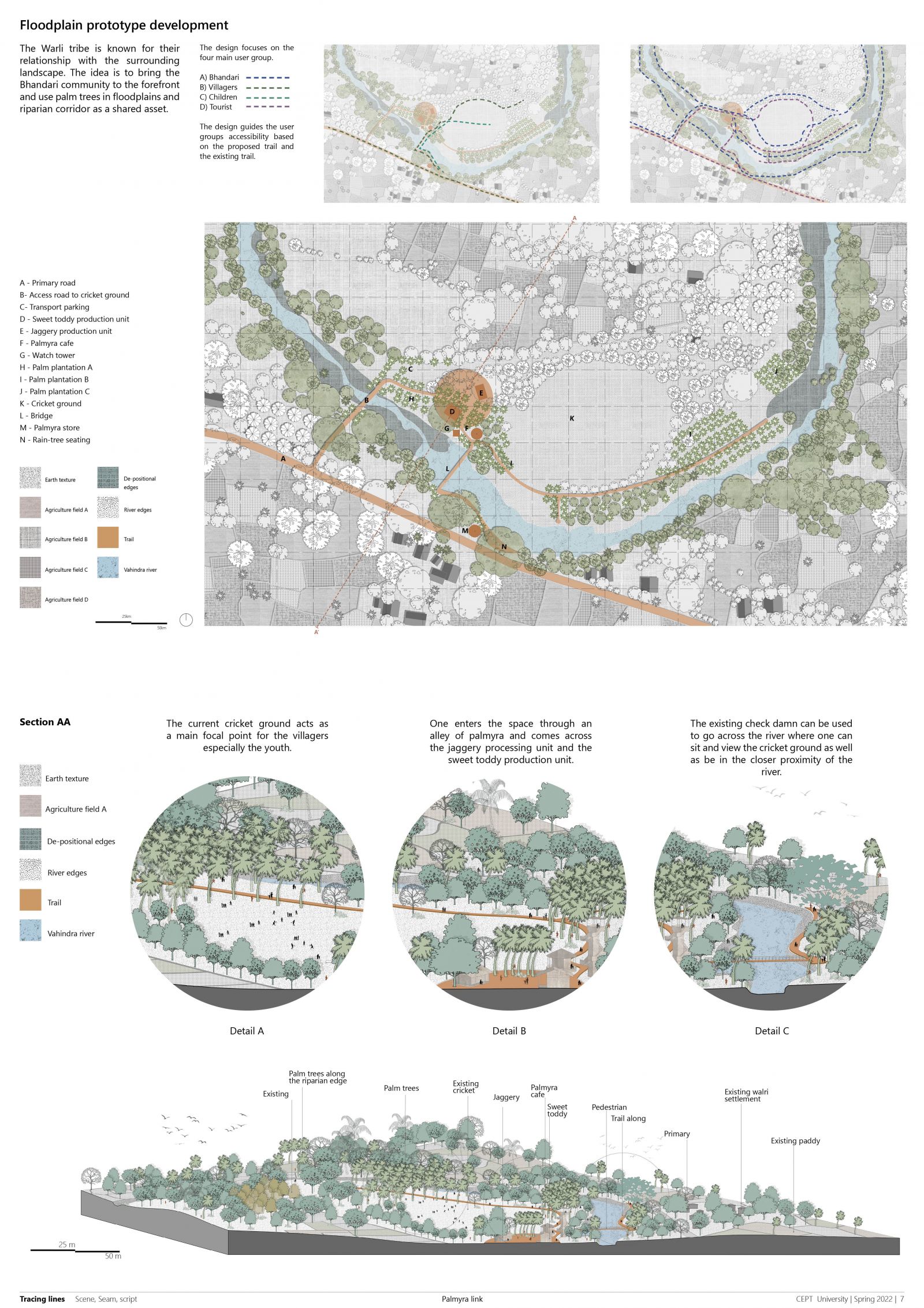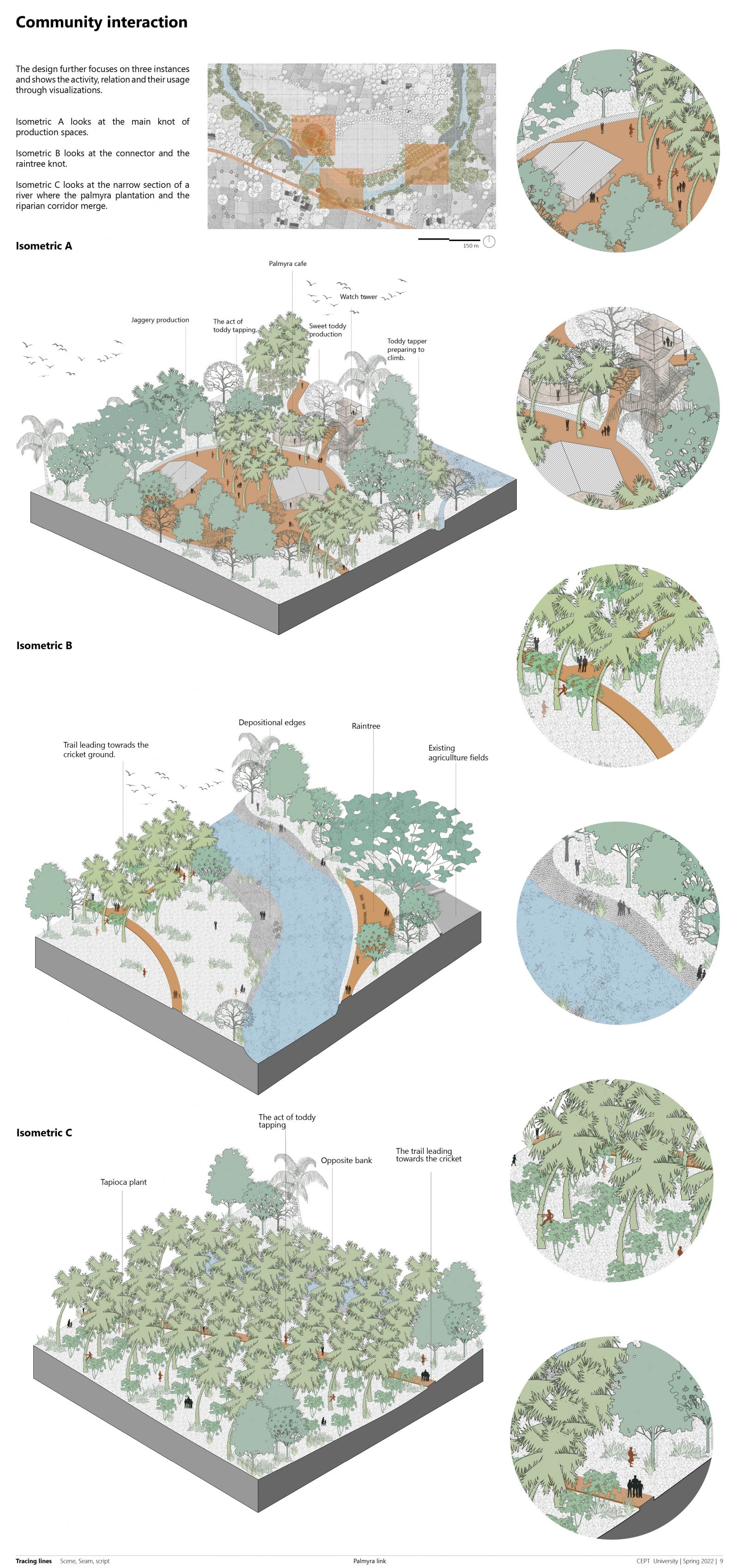Your browser is out-of-date!
For a richer surfing experience on our website, please update your browser. Update my browser now!
For a richer surfing experience on our website, please update your browser. Update my browser now!
About
Dahanu has one of the narrowest transect between the northern western ghats and the Arabian sea. The Vahindra river passes from the ‘Junglepatti’ (forest belt - home for the Warlis) to the ’bandarpatti’ (coastal belt - home for the Kolis) catering to the diverse landscape & supporting the Warli (farmer) and Koli (fishing) community. It was declared as an ecologically fragile area in 1991 and is today at the crossroads – ecologically, socially, and culturally.
Warli’s lifestyle is embedded in the traces of this landscape. It entangles itself to various entities and processes, one of which is the abundantly seen palm and the act of toddy tapping. Bhandari, a community specialising in toddy tapping is know for their skilful art of climbing the toddy trees and extracting the palm wine. It is an extra ordinary skill based process and is gradually loosing its essence because of various anthropogenic pressures. Communities from higher cast and urban sectors profit from selling toddy, whereas the Bhandari’s economic income is meagre affecting their daily sustenance.
The project looks upon opportunities to bring Bhandari community to the forefront by enhancing the practice of toddy tapping in the landscape of Dahanu. Palmyra owned by the government occurring in common grounds like floodplains and riparian edges could be used as a shared asset by the Bhandari community. The community will have rights over the produces and the economic gains. A prototype is designed on the selected floodplain where jaggery and sweet toddy production unit are proposed.
This acts as a main knot within the landscape, especially for the Bhandari community who can access, produce and sell the palmyra produces. The idea is to develop a riparian corridor where the ownership of the palmyra is given to the Bhandari community resulting in their economic and cultural upliftment.

